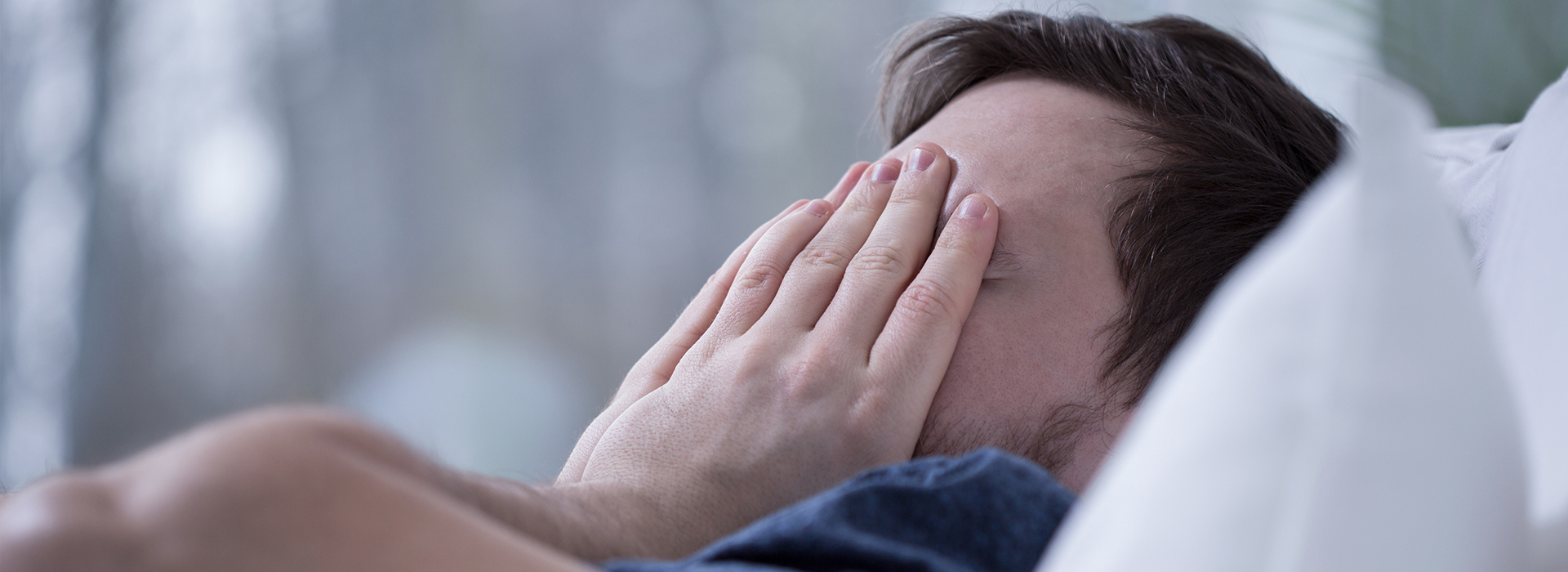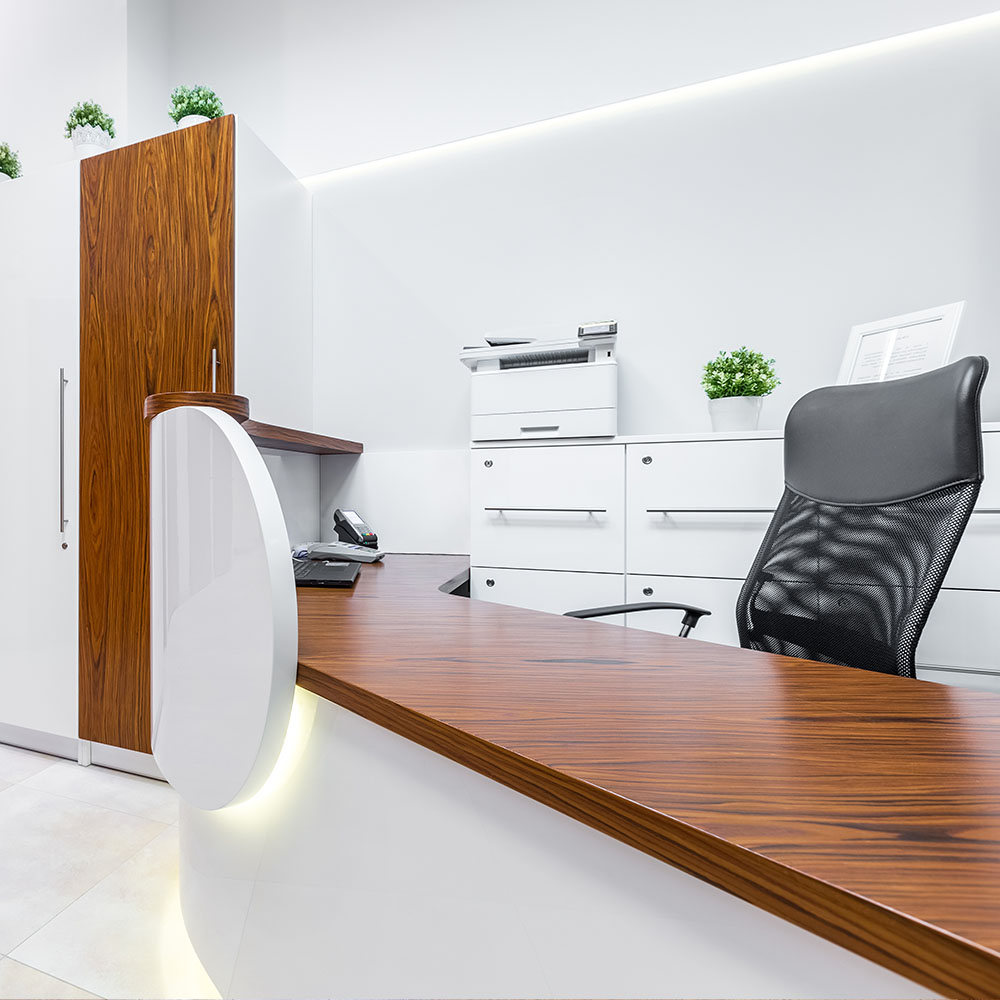New Patients
Existing Patients


A full night of restorative sleep is a foundation for physical health, mental sharpness, and everyday safety. Yet many adults wake unrefreshed or rely on naps because breathing interruptions disturb their sleep night after night. An estimated 25 million adults in the United States live with obstructive sleep apnea, and an even larger number struggle with habitual snoring. At the office of Joanna Tricorache, DDS, our team works with patients and their physicians to identify sleep-disordered breathing and to develop practical, evidence-based treatment plans that restore healthier sleep patterns.
Obstructive sleep apnea (OSA) results from repeated narrowing or collapse of the upper airway during sleep. When the throat muscles and soft tissues relax, they can partially or completely block airflow, causing brief pauses in breathing (apneas) or shallow breathing events (hypopneas). These disruptions fragment sleep and reduce oxygen delivery to the body, producing a cascade of physiological stress.
Risk factors for OSA include excess body weight, a naturally narrow airway, enlarged tonsils or tongue base, a recessed jaw, and certain anatomical traits of the palate and throat. Age and male sex are also associated with higher incidence, though OSA affects people of all genders and ages. Importantly, OSA can coexist with other health concerns such as hypertension, type 2 diabetes, and cardiovascular disease, making early detection and management a priority.
It’s essential to distinguish obstructive sleep apnea from central sleep apnea, which stems from a breakdown in the brain’s signaling to breathe. While both conditions interrupt sleep, their causes and treatments differ; accurate diagnosis is the first step toward appropriate care.
Many people learn they have a problem because a bed partner notices loud, persistent snoring or pauses in breathing. Typical nighttime signs include choking or gasping episodes, restless or fragmented sleep, frequent awakenings, and waking with a dry mouth or sore throat. Snoring alone doesn’t confirm OSA, but when it is loud and punctuated by silent pauses, it warrants professional evaluation.
Daytime symptoms can be subtle at first but grow more impactful over time. Excessive daytime sleepiness, difficulty concentrating, memory lapses, mood changes, and persistent morning headaches are common complaints. These symptoms affect productivity, interpersonal relationships, and safety — particularly when operating vehicles or machinery — and often prompt patients to seek care.
Because symptoms can overlap with other conditions (insomnia, restless legs, depression), a thorough assessment that includes medical history, sleep patterns, and input from a sleep partner helps clarify whether sleep-disordered breathing is the primary issue.
A reliable diagnosis begins with a clinical evaluation by a qualified healthcare professional. Your primary care physician, ENT specialist, or a sleep medicine physician will review symptoms, medical history, medications, and risk factors. Standardized screening tools and targeted physical exams guide next steps and inform the choice of testing.
Sleep testing can be performed in a laboratory (polysomnography) or at home with a portable monitoring device. In-lab testing measures a broad range of signals — brain waves, oxygen levels, breathing effort, heart rate, and limb movements — while home testing focuses on respiratory parameters and oxygenation. The choice depends on clinical complexity, comorbid conditions, and physician judgment.
Results are summarized using indices such as the apnea-hypopnea index (AHI), which helps classify OSA severity and guide treatment planning. Because dental professionals frequently observe oral and facial risk factors, they often serve as an important screening point and collaborate closely with sleep physicians to ensure comprehensive care.
Continuous positive airway pressure (CPAP) therapy remains the most widely recommended treatment for moderate to severe OSA. CPAP delivers a gentle stream of pressurized air through a mask to splint the airway open during sleep, reducing apneas and restoring more continuous sleep architecture. Adherence and proper mask fit are key to clinical benefit.
For patients with mild to moderate OSA, or for those who cannot tolerate CPAP, alternative strategies are available. Behavioral measures — weight management, avoiding alcohol before bedtime, and positional therapy to prevent back-sleeping — can reduce symptoms for some individuals. In select cases, surgical interventions or targeted procedures may be appropriate, particularly when an identifiable anatomical obstruction is present.
A multidisciplinary approach yields the best outcomes: sleep physicians, ENTs, and dental specialists work together to interpret test results, discuss risks and benefits of each option, and tailor treatment to the patient’s lifestyle and health needs.
Oral appliance therapy offers an effective, conservative option for many people with snoring and mild to moderate obstructive sleep apnea. These custom-made devices resemble sports mouthguards or orthodontic retainers and reposition the jaw and tongue to maintain an open airway during sleep. Unlike one-size-fits-all devices, custom appliances are designed from precise dental impressions and adjusted for comfort and function.
The process starts with a dental evaluation that reviews oral anatomy, dental health, and the results of any sleep testing. Once a decision is made to proceed, impressions and bite records are taken and used to fabricate a tailored appliance. After delivery, the device is gradually titrated — adjusted in small steps — to find the position that best reduces breathing events while maintaining comfort.
Follow-up care is essential. Regular appointments allow the clinician to monitor sleep outcomes, check the fit and condition of the appliance, and assess oral health for changes such as tooth movement or bite alteration. Because sleep apnea is a medical condition, oral appliance therapy is most effective when coordinated with ongoing communication between the dental team and the treating sleep physician. Our practice provides this collaborative care at our Staten Island and Manhattan locations to help patients achieve safer, more restorative sleep.
If you suspect sleep-disordered breathing, early evaluation improves the chances of finding an effective, sustainable treatment. Contact us to learn more about diagnostic pathways and dental treatments for sleep apnea. We welcome inquiries and will help you take the next step toward better sleep.

Ready to schedule your next dental appointment or have questions about our services?
Contacting Joanna Tricorache, DDS is easy! Our friendly staff is available to assist you with scheduling appointments, answering inquiries about treatment options, and addressing any concerns you may have. Whether you prefer to give us a call, send us an email, or fill out our convenient online contact form, we're here to help. Don't wait to take the first step towards achieving the smile of your dreams – reach out to us today and discover the difference personalized dental care can make.